Ecosystems Ecology An ecosystem consists of

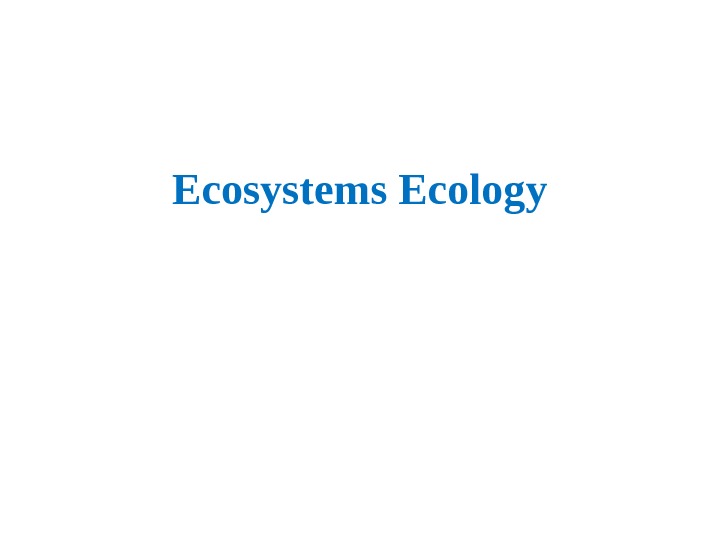
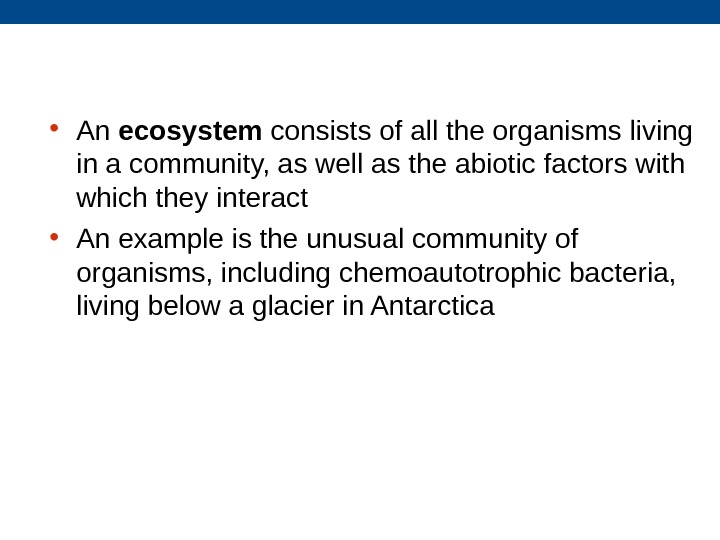
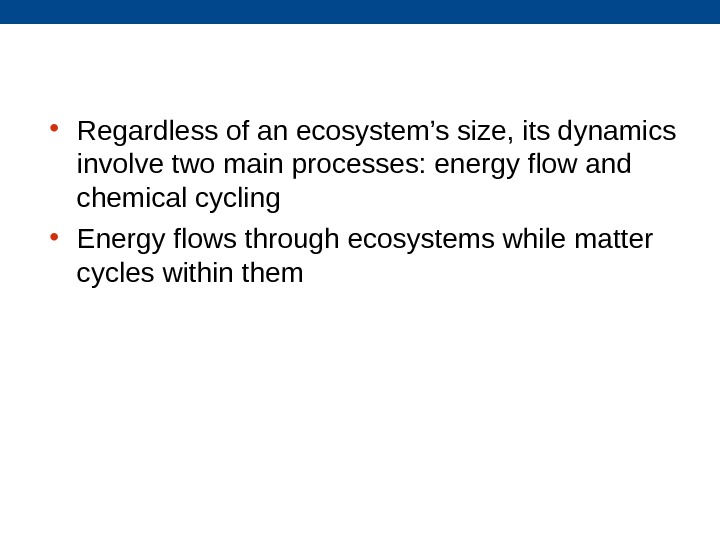
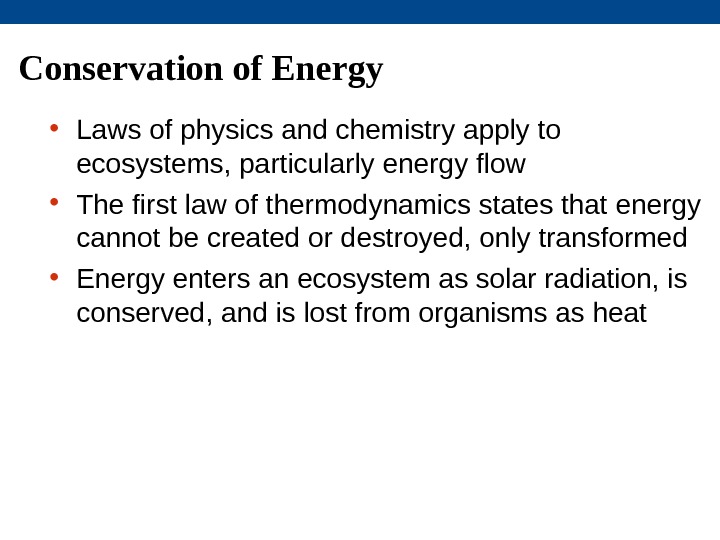
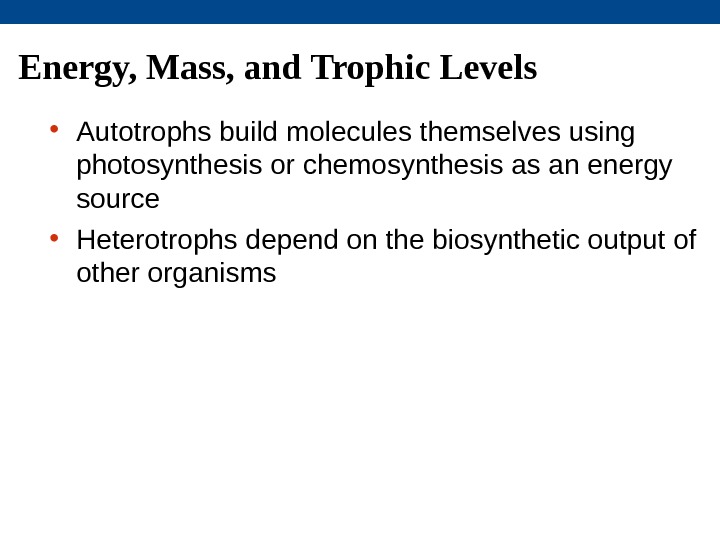
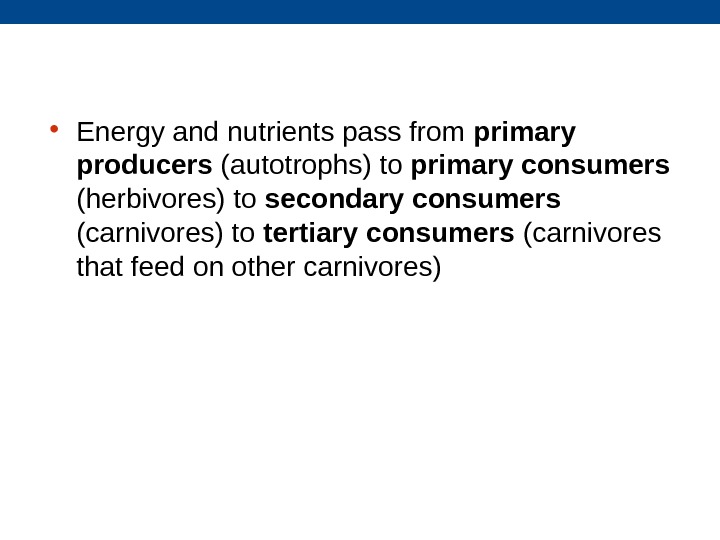
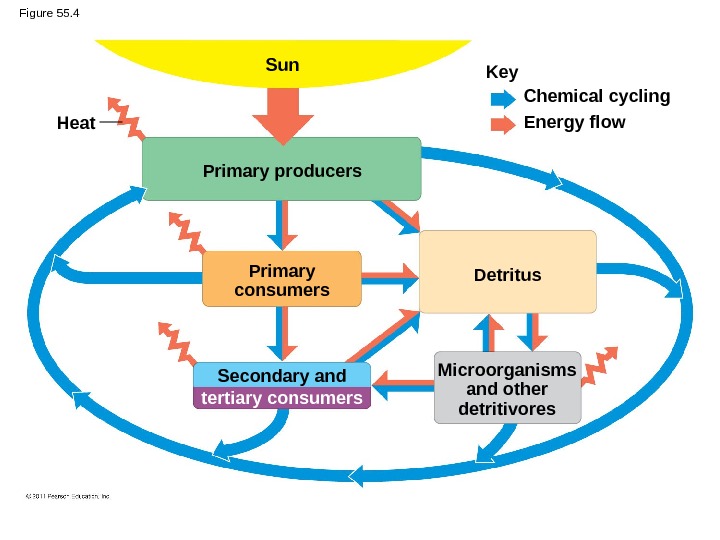
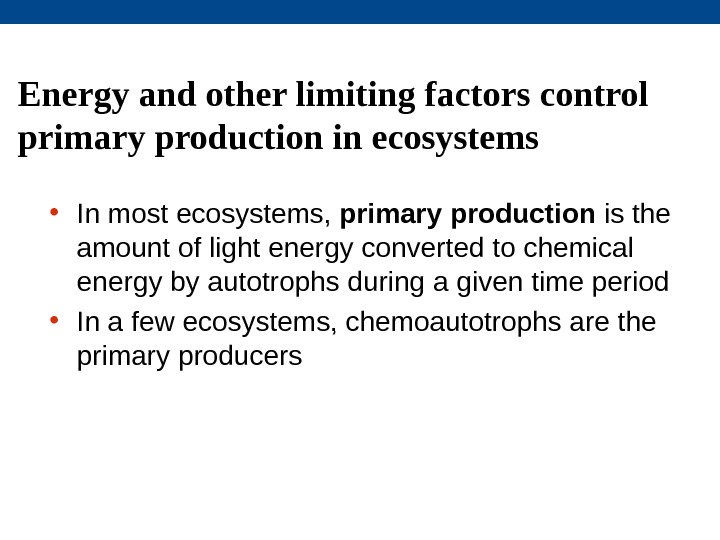
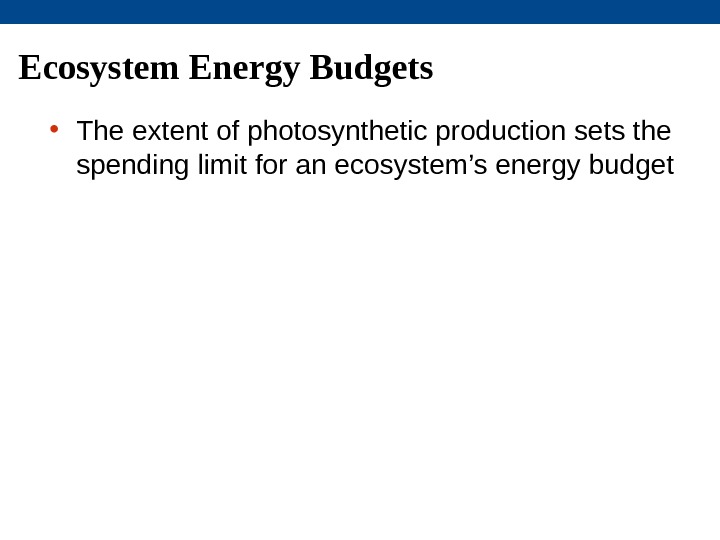
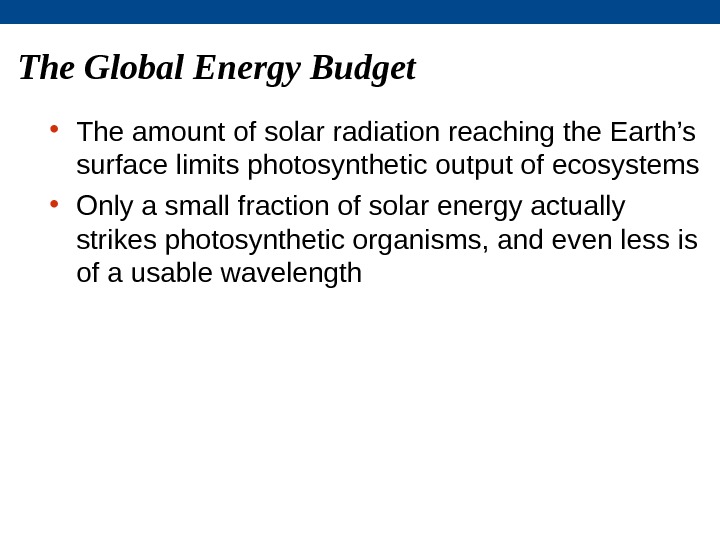
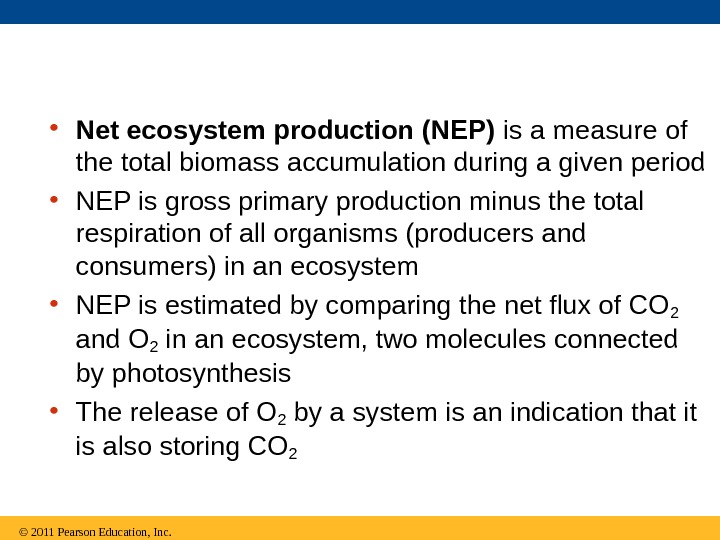
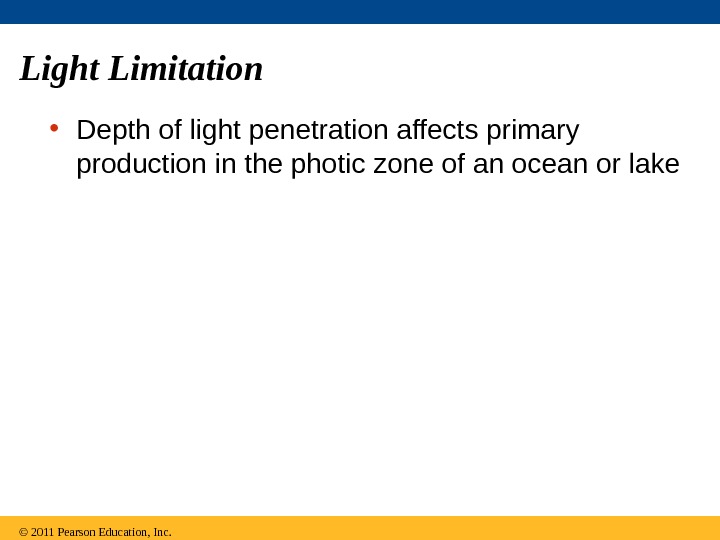
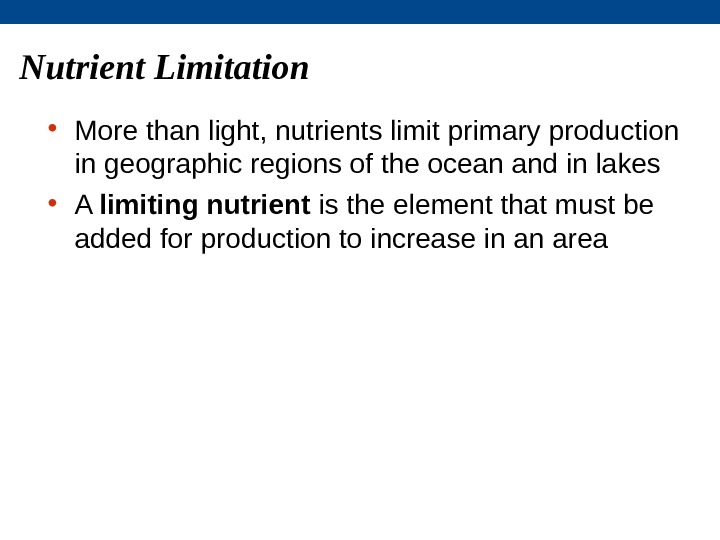
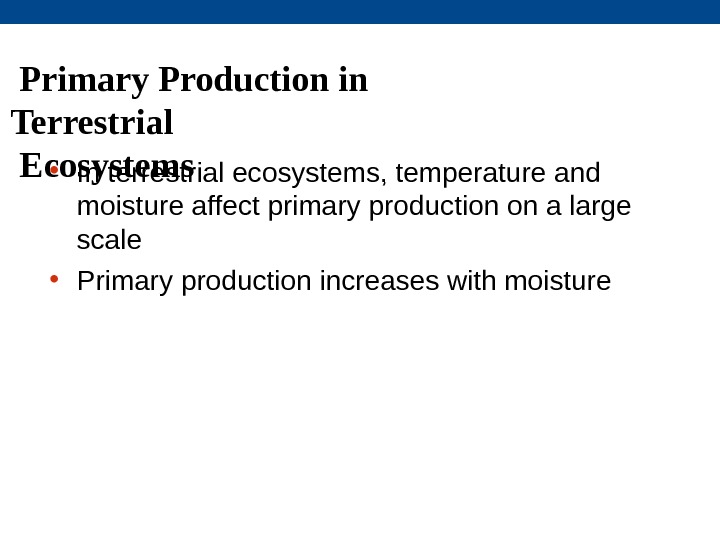
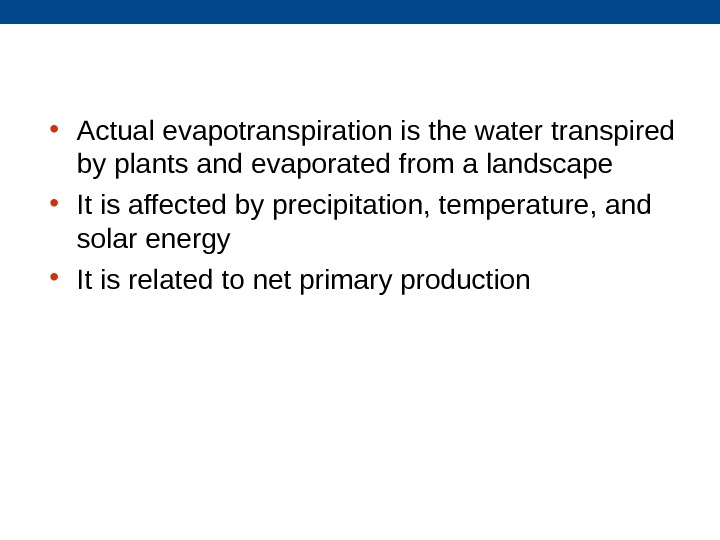
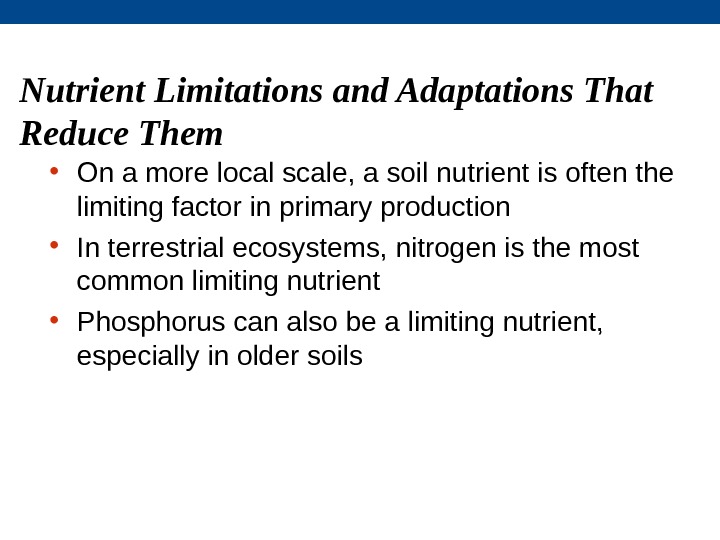
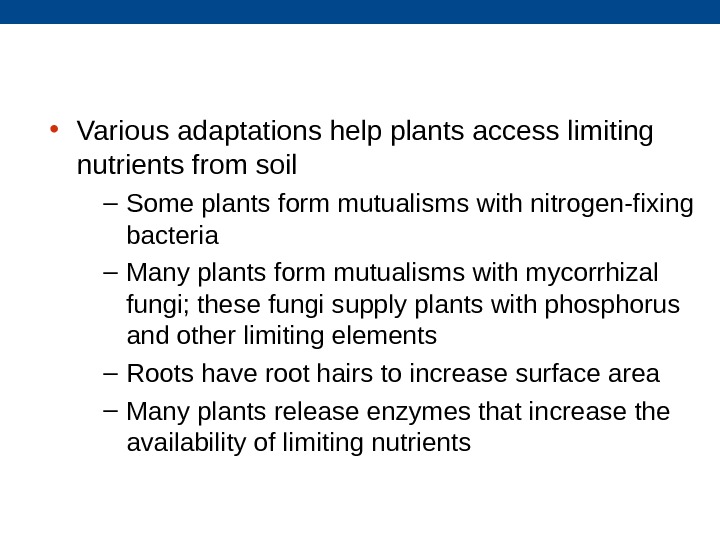
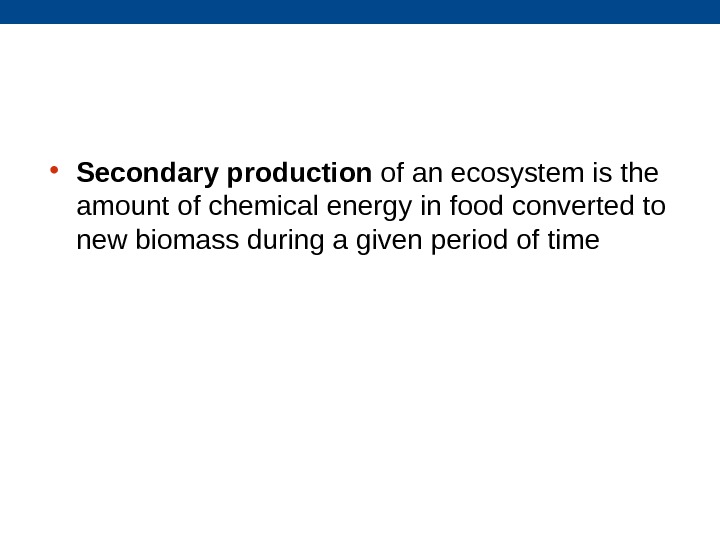
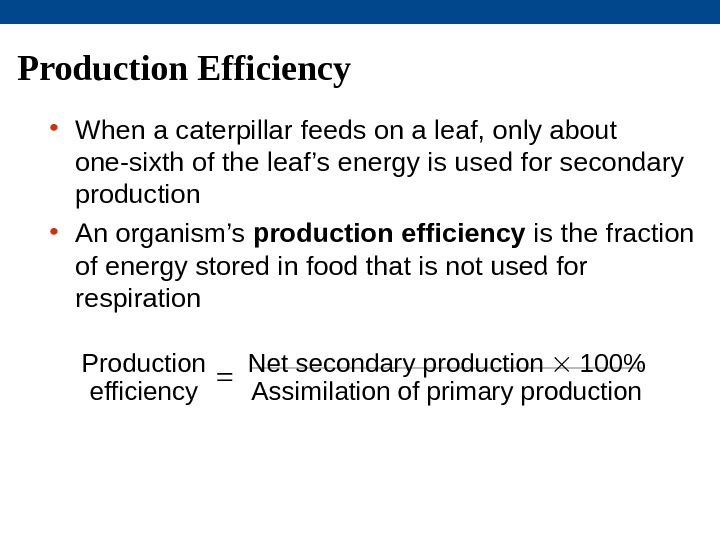
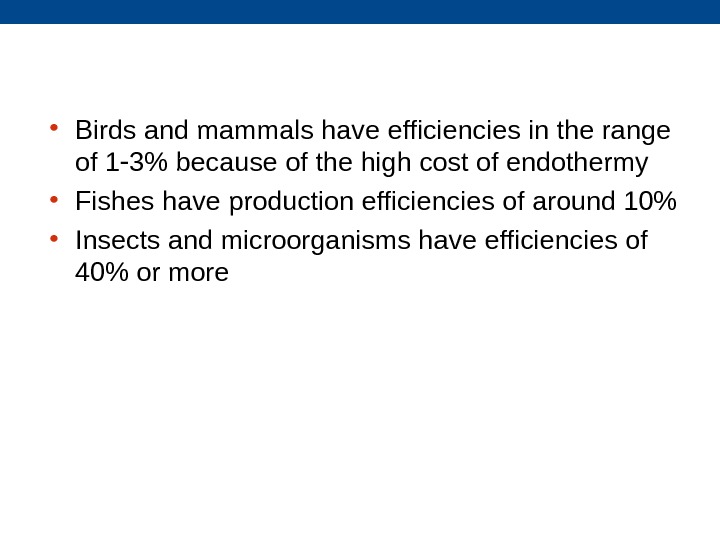
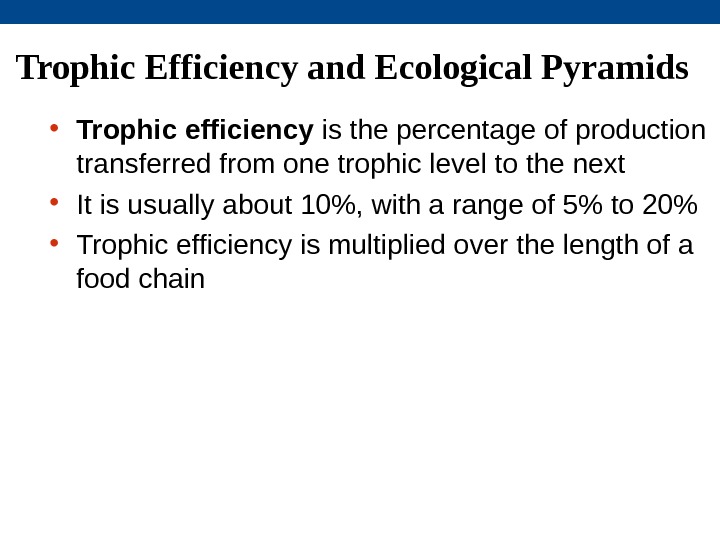
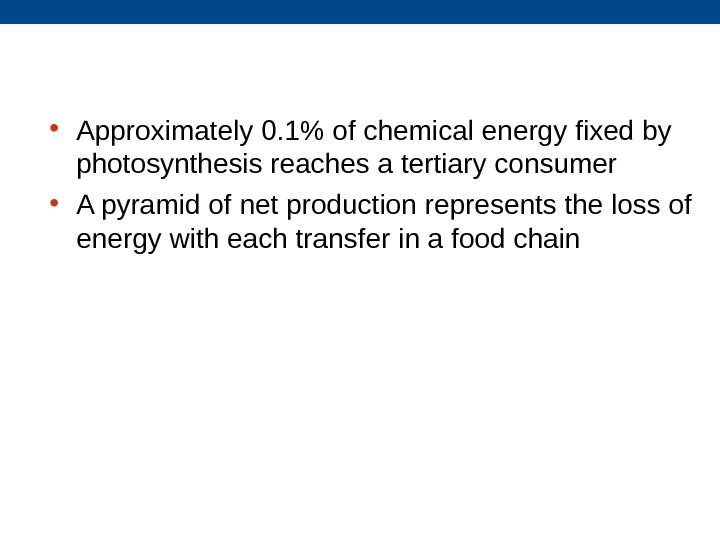
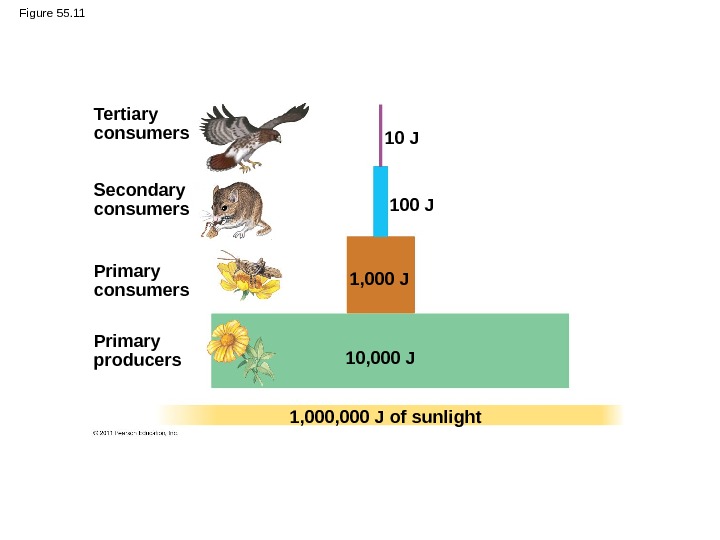
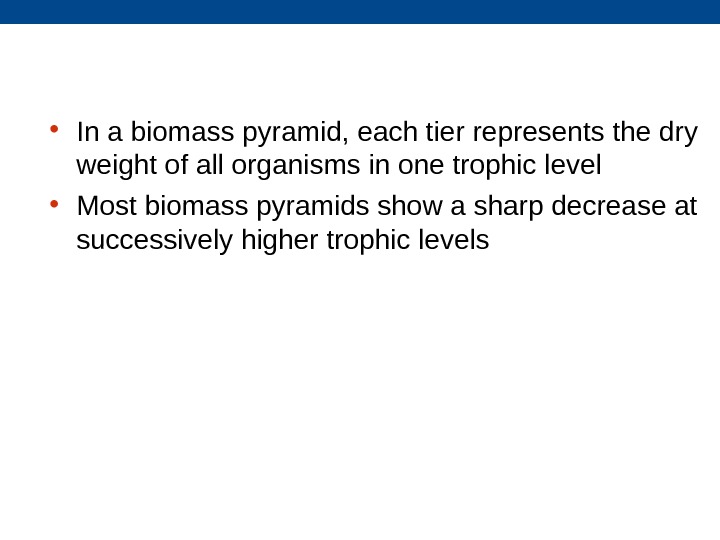
4_5.ppt
- Размер: 939.0 Кб
- Автор:
- Количество слайдов: 24
Описание презентации Ecosystems Ecology An ecosystem consists of по слайдам
 Ecosystems Ecology
Ecosystems Ecology
 • An ecosystem consists of all the organisms living in a community, as well as the abiotic factors with which they interact • An example is the unusual community of organisms, including chemoautotrophic bacteria, living below a glacier in Antarctica
• An ecosystem consists of all the organisms living in a community, as well as the abiotic factors with which they interact • An example is the unusual community of organisms, including chemoautotrophic bacteria, living below a glacier in Antarctica
 • Regardless of an ecosystem’s size, its dynamics involve two main processes: energy flow and chemical cycling • Energy flows through ecosystems while matter cycles within them
• Regardless of an ecosystem’s size, its dynamics involve two main processes: energy flow and chemical cycling • Energy flows through ecosystems while matter cycles within them
 Conservation of Energy • Laws of physics and chemistry apply to ecosystems, particularly energy flow • The first law of thermodynamics states that energy cannot be created or destroyed, only transformed • Energy enters an ecosystem as solar radiation, is conserved, and is lost from organisms as heat
Conservation of Energy • Laws of physics and chemistry apply to ecosystems, particularly energy flow • The first law of thermodynamics states that energy cannot be created or destroyed, only transformed • Energy enters an ecosystem as solar radiation, is conserved, and is lost from organisms as heat
 Energy, Mass, and Trophic Levels • Autotrophs build molecules themselves using photosynthesis or chemosynthesis as an energy source • Heterotrophs depend on the biosynthetic output of other organisms
Energy, Mass, and Trophic Levels • Autotrophs build molecules themselves using photosynthesis or chemosynthesis as an energy source • Heterotrophs depend on the biosynthetic output of other organisms
 • Energy and nutrients pass from primary producers (autotrophs) to primary consumers (herbivores) to secondary consumers (carnivores) to tertiary consumers (carnivores that feed on other carnivores)
• Energy and nutrients pass from primary producers (autotrophs) to primary consumers (herbivores) to secondary consumers (carnivores) to tertiary consumers (carnivores that feed on other carnivores)
 Key Chemical cycling Energy flow. Sun Heat Primary producers Primary consumers Secondary and tertiary consumers Detritus Microorganisms and other detritivores. Figure 55.
Key Chemical cycling Energy flow. Sun Heat Primary producers Primary consumers Secondary and tertiary consumers Detritus Microorganisms and other detritivores. Figure 55.
 Energy and other limiting factors control primary production in ecosystems • In most ecosystems, primary production is the amount of light energy converted to chemical energy by autotrophs during a given time period • In a few ecosystems, chemoautotrophs are the primary producers
Energy and other limiting factors control primary production in ecosystems • In most ecosystems, primary production is the amount of light energy converted to chemical energy by autotrophs during a given time period • In a few ecosystems, chemoautotrophs are the primary producers
 Ecosystem Energy Budgets • The extent of photosynthetic production sets the spending limit for an ecosystem’s energy budget
Ecosystem Energy Budgets • The extent of photosynthetic production sets the spending limit for an ecosystem’s energy budget
 The Global Energy Budget • The amount of solar radiation reaching the Earth’s surface limits photosynthetic output of ecosystems • Only a small fraction of solar energy actually strikes photosynthetic organisms, and even less is of a usable wavelength
The Global Energy Budget • The amount of solar radiation reaching the Earth’s surface limits photosynthetic output of ecosystems • Only a small fraction of solar energy actually strikes photosynthetic organisms, and even less is of a usable wavelength
 • Net ecosystem production (NEP) is a measure of the total biomass accumulation during a given period • NEP is gross primary production minus the total respiration of all organisms (producers and consumers) in an ecosystem • NEP is estimated by comparing the net flux of CO 2 and O 2 in an ecosystem, two molecules connected by photosynthesis • The release of O 2 by a system is an indication that it is also storing CO 2 © 2011 Pearson Education, Inc.
• Net ecosystem production (NEP) is a measure of the total biomass accumulation during a given period • NEP is gross primary production minus the total respiration of all organisms (producers and consumers) in an ecosystem • NEP is estimated by comparing the net flux of CO 2 and O 2 in an ecosystem, two molecules connected by photosynthesis • The release of O 2 by a system is an indication that it is also storing CO 2 © 2011 Pearson Education, Inc.
 Light Limitation • Depth of light penetration affects primary production in the photic zone of an ocean or lake © 2011 Pearson Education, Inc.
Light Limitation • Depth of light penetration affects primary production in the photic zone of an ocean or lake © 2011 Pearson Education, Inc.
 Nutrient Limitation • More than light, nutrients limit primary production in geographic regions of the ocean and in lakes • A limiting nutrient is the element that must be added for production to increase in an area
Nutrient Limitation • More than light, nutrients limit primary production in geographic regions of the ocean and in lakes • A limiting nutrient is the element that must be added for production to increase in an area
 Primary Production in Terrestrial Ecosystems • In terrestrial ecosystems, temperature and moisture affect primary production on a large scale • Primary production increases with moisture
Primary Production in Terrestrial Ecosystems • In terrestrial ecosystems, temperature and moisture affect primary production on a large scale • Primary production increases with moisture
 • Actual evapotranspiration is the water transpired by plants and evaporated from a landscape • It is affected by precipitation, temperature, and solar energy • It is related to net primary production
• Actual evapotranspiration is the water transpired by plants and evaporated from a landscape • It is affected by precipitation, temperature, and solar energy • It is related to net primary production
 • On a more local scale, a soil nutrient is often the limiting factor in primary production • In terrestrial ecosystems, nitrogen is the most common limiting nutrient • Phosphorus can also be a limiting nutrient, especially in older soils. Nutrient Limitations and Adaptations That Reduce Them
• On a more local scale, a soil nutrient is often the limiting factor in primary production • In terrestrial ecosystems, nitrogen is the most common limiting nutrient • Phosphorus can also be a limiting nutrient, especially in older soils. Nutrient Limitations and Adaptations That Reduce Them
 • Various adaptations help plants access limiting nutrients from soil – Some plants form mutualisms with nitrogen-fixing bacteria – Many plants form mutualisms with mycorrhizal fungi; these fungi supply plants with phosphorus and other limiting elements – Roots have root hairs to increase surface area – Many plants release enzymes that increase the availability of limiting nutrients
• Various adaptations help plants access limiting nutrients from soil – Some plants form mutualisms with nitrogen-fixing bacteria – Many plants form mutualisms with mycorrhizal fungi; these fungi supply plants with phosphorus and other limiting elements – Roots have root hairs to increase surface area – Many plants release enzymes that increase the availability of limiting nutrients
 • Secondary production of an ecosystem is the amount of chemical energy in food converted to new biomass during a given period of time
• Secondary production of an ecosystem is the amount of chemical energy in food converted to new biomass during a given period of time
 Production Efficiency • When a caterpillar feeds on a leaf, only about one-sixth of the leaf’s energy is used for secondary production • An organism’s production efficiency is the fraction of energy stored in food that is not used for respiration Production efficiency Net secondary production 100% Assimilation of primary production
Production Efficiency • When a caterpillar feeds on a leaf, only about one-sixth of the leaf’s energy is used for secondary production • An organism’s production efficiency is the fraction of energy stored in food that is not used for respiration Production efficiency Net secondary production 100% Assimilation of primary production
 • Birds and mammals have efficiencies in the range of 1 3% because of the high cost of endothermy • Fishes have production efficiencies of around 10% • Insects and microorganisms have efficiencies of 40% or more
• Birds and mammals have efficiencies in the range of 1 3% because of the high cost of endothermy • Fishes have production efficiencies of around 10% • Insects and microorganisms have efficiencies of 40% or more
 Trophic Efficiency and Ecological Pyramids • Trophic efficiency is the percentage of production transferred from one trophic level to the next • It is usually about 10%, with a range of 5% to 20% • Trophic efficiency is multiplied over the length of a food chain
Trophic Efficiency and Ecological Pyramids • Trophic efficiency is the percentage of production transferred from one trophic level to the next • It is usually about 10%, with a range of 5% to 20% • Trophic efficiency is multiplied over the length of a food chain
 • Approximately 0. 1% of chemical energy fixed by photosynthesis reaches a tertiary consumer • A pyramid of net production represents the loss of energy with each transfer in a food chain
• Approximately 0. 1% of chemical energy fixed by photosynthesis reaches a tertiary consumer • A pyramid of net production represents the loss of energy with each transfer in a food chain
 Figure 55. 11 Tertiary consumers Secondary consumers Primary producers. Primary consumers 1, 000 J of sunlight 10, 000 J 100 J 10 J
Figure 55. 11 Tertiary consumers Secondary consumers Primary producers. Primary consumers 1, 000 J of sunlight 10, 000 J 100 J 10 J
 • In a biomass pyramid, each tier represents the dry weight of all organisms in one trophic level • Most biomass pyramids show a sharp decrease at successively higher trophic levels
• In a biomass pyramid, each tier represents the dry weight of all organisms in one trophic level • Most biomass pyramids show a sharp decrease at successively higher trophic levels

